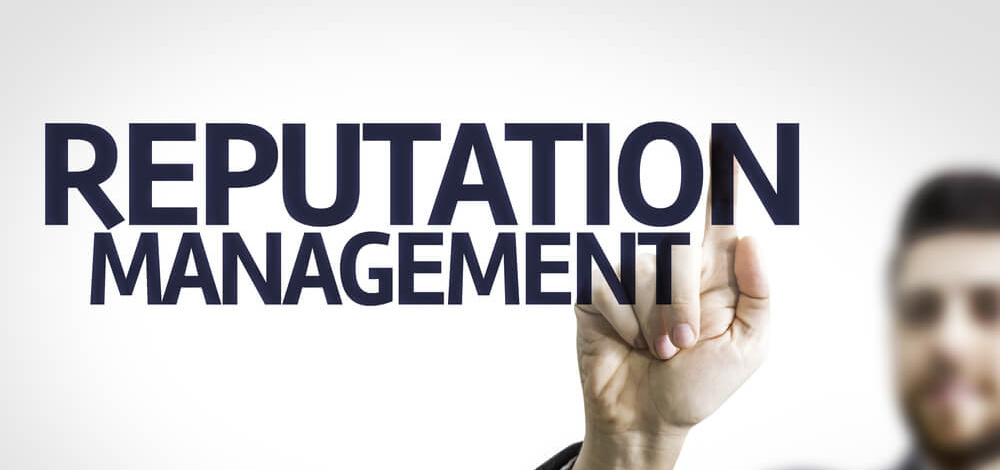In today’s highly connected world, a positive brand reputation is an asset for nearly any business. One way to help build a strong brand is through strategic media relations resulting in earned media coverage. By effectively engaging with the media, businesses can amplify and add substance to their brand narrative, while building the kind of credibility that paid media often doesn’t buy.
What is earned media?
Some say that earned media is a synonym for PR. But most PR programs comprise a whole lot more than earned media, also known as publicity. Elements like category research, business and marketing strategy analysis, messaging, and planning will precede and inform media relations. Different tactics like branded content and executive speaking opportunities might complement it. But earned media refers to the actual print, digital, or broadcast coverage generated in the course of a PR program. Earned media is distinct from paid media, which happens in a different way and is perceived differently by those who view it.
Building brand reputation through earned media
Here are three significant steps to building brand reputation through earned media:
1. Earned media helps a brand stand out
Media relations and earned media can significantly increase brand visibility and awareness. Engaging with media outlets, whether high-profile or narrowly focused, lets businesses reach a targeted audience of readers or viewers who are also consumers. Positive media coverage resulting from feature stories, human-interest interviews, or opinion pieces can expose the brand to new customers, reinforce loyalty among existing ones, and create a positive association for the product or company. Ongoing relationships with journalists, content creators, and producers help maintain a consistent brand presence and tell a story over time. An entrepreneurial company can share the tale of its founding, struggles and all. A scientific brand can go behind the scenes to reveal its R&D expertise, or profile individual employees who help make a difference. A strong opinion article can position the business as relevant and its chief executive as an industry thought leader.
2. Earned coverage implies credibility
The difference between positive media coverage that is paid for (in the form of sponsored posts or ads) can be subtle. But it often boils down to one thing: credibility.
Credibility is elusive, especially today. When a brand is featured in reputable media outlets, the mere fact of its coverage confers credibility – if not for the brand, at least for the story. Positive news items, product reviews, or shared expertise can position the brand as reliable. Opinion content can convey brand and corporate values. Customers or potential employees are more likely to trust a brand featured in the media. This is because coverage implies endorsement or at least visibility, rather than a brand’s self-promotion. The positive association helps establish the brand as a reliable source of information and enhances its reputation in the marketplace.
3. Earned coverage drives SEO
Another key advantage to the type of publicity generated by a PR program, particularly in top-tier publications with high-value domains, is search engine optimization (SEO). A single story published in a well-known media outlet, from The New York Times to a trade publication, can land a brand on the first page of search results for months or even years. That’s one reason why positive stories and reviews are so valuable. And by the same token, if an item is unflattering, it can persist in search results and impact a company or brand in a negative way, which leads to another asset that positive earned media coverage brings.
PR coverage can protect brand reputation
A good reputation is like money in the bank. It’s not inexhaustible, and it shouldn’t be taken for granted. Yet it will surely be an asset in a crisis. Media relationships, too, become more valuable in times of crisis or reputational risk. When a brand faces negative publicity, PR and media relations teams can help manage the situation to minimize damage and plan for recovery. With the right strategy and thoughtful tactics, a business can take control of the narrative, rebut misinformation, and engage in dialogue with consumers, regulators, stakeholders, or any other high-value audience. A well-executed crisis management strategy can help rebuild trust and salvage the brand’s reputation. In the best cases, it showcases its ability to handle challenging situations with transparency and integrity.
Businesses can influence public perception, shape their story, build credibility, and strengthen brand reputation through strategic engagement with the media. By tapping into the power of media relations, they can even gain a competitive advantage in the marketplace. Investing in a sound PR and earned media strategy is ultimately an investment in a brand’s long-term success and sustainability.










